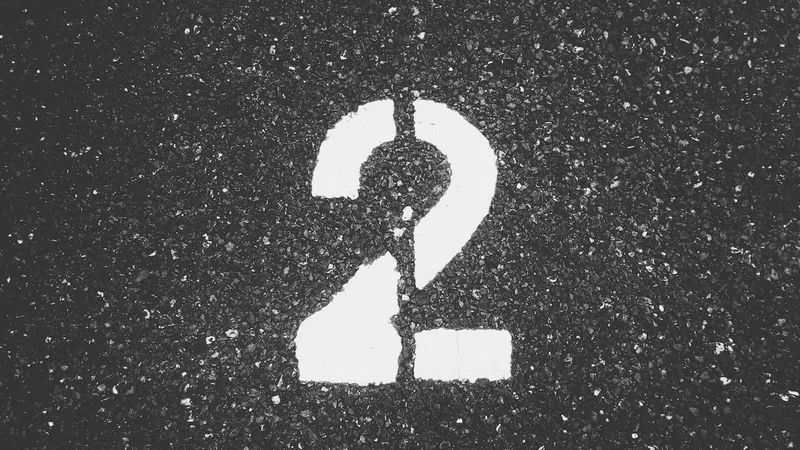Disruption has been a mainstay of financial services for some time now. Be it the need to keep up with digital-native disrupters, meet evolving consumer demands, or navigate the impacts of recent world-changing events, the sector has been besieged on many fronts – with all escape routes leading to digital transformation.
The Buy Now, Pay Later (BNPL) phenomenon is the latest in a long list of attempts to challenge the status quo. Perhaps best embodied by the movement’s figurehead, Klarna, and its millennial pink, marketing, which is a far-cry from the sector’s traditional use of stock images of people and cityscapes.
But beyond alternative marketing, BNPL’s convenience, and ability to split payments into instalments, has seen its popularity skyrocket, which was accelerated by the pandemic’s tightening of purse strings and necessary shift to online shopping. Today, with yet more features (and players) on the horizon, the model is almost certainly primed for further growth.
However, with increasing power comes increasing responsibility – and regulation is in the offing.
Until then, in the wake of rising popularity among consumers and advancements in the space as fintechs and traditional operators alike move to secure their place in the market, it’s important social responsibility is upheld to protect the public.
Understanding the rise of Buy Now, Pay Later (which is only just beginning)
BNPL is arguably the jewel in the embedded finance crown, with nearly 4 in 10 (37%) of Brits (or some 25 million people) saying they’ve used a BNPL service. In short, the model is a way for consumers to buy goods on credit and pay for them later with no interest or fees, should instalments be paid on time.
This type of finance has existed for years, but it’s recently been relaunched into the limelight and has enabled providers to tap into a demographic that is predominately purchasing online. But beyond just providing convenient payment options, the championing of smooth shopping experiences by BNPL players has completely redefined how we shop.
Unsurprisingly, this has seen major retailers move fast to partner with said players. And considering 9.5 million Brits say they’ve avoided buying from retailers that don’t offer BNPL options, the move seems like a shrewd one. Which is only reinforced by the 20 to 30% increase in retail conversion that the service brings, according to CNBC.
So, all things considered, it seems Buy Now, Pay Later is very much on the up. Klarna, the largest BNPL provider, is the perfect indication of this with its 15 million customers spending over £2.5 billion a year through the platform. However, even the BNPL model is not immune to unfavourable market forces: the rising inflation and the increasing cost of living, have necessitated a change in strategy.
Though if the brand can weather this economic storm, Klarna is well-positioned to capitalise on the growing demand for services that bridge the gap between digital and physical worlds – seen in them launching a physical card. What’s more, not only will a physical card offering be welcomed by their already loyal customer base, but it will enable them to tap into a demographic that is not online and mainly purchase in stores. This type of innovation will ensure that loans will not remain solely in the domain of big payment companies and revolutionise traditional economic structures.
Understanding the risks of Buy Now, Pay Later services
Unfortunately, borrowing money isn’t without its risks and BNPL services come with more than their fair share. And because BNPL makes buying effortless and costs aren’t immediately seen, some shoppers fail to keep a close eye on spending or factor in these expenses into their monthly budgets.
Consumer body Which? raised concerns about the growing trend with its study that found many consumers see Buy Now, Pay Later services as a money management tool as opposed to a loan. Part and parcel of this is the relative ease with which customers can take advantage of offers, leading to the misapprehension that BNPL was in fact not offering credit.
But of course, this is not the case. BNPL is very much a type of credit, although its providers aren’t (yet) bound to the same kinds of checks as credit card or personal loan providers. Either way, with the embedded finance model experiencing such rapid growth while still in its infancy, it’s only natural question marks have been raised.
It’s likely for this reason that in February 2021, the UK Government announced that BNPL would be regulated by the Financial Conduct Authority (FCA), ruling there was a significant risk of harm to consumers. But as with any legislation, this change won’t be enacted overnight.
BNPL providers must do more to protect consumers
Buy Now, Pay Later providers have shaken up traditional financial services, providing a valuable service for consumers and retailers alike in the process. Continued innovation in the space will also ensure its longevity, with both established banks and digital-native fintechs striving to capitalise on this lucrative payment sector.
But until BNPL is officially regulated by the FCA, it’s vital that BNPL schemes are transparent and work with leaders in the sector to introduce safety measures, and further regulation if necessary, to avoid millions of UK shoppers taking on debt from delayed payments.












